Talkie AI Voice Integration brings the power of natural, human-like voice technology to a wide range of applications. From virtual assistants to customer service, this integration offers seamless, hands-free interactions that improve convenience, accessibility, and user engagement. With real-time voice recognition, customizable voice tones, and support, Talkie AI transforms how we communicate with technology.
➤ High-Quality Voice Synthesis

Talkie AI offers natural, human-like voice synthesis, ensuring that the AI sounds more realistic, which makes interactions feel less robotic. For example, if you ask your smart assistant a question, instead of a monotone voice, it responds in a more natural and pleasant tone, which enhances user experience and satisfaction. Compared to alternatives like Amazon Alexa or Google Assistant, Talkie AI provides smoother and more emotionally expressive speech patterns.
➤ Real-Time Voice Processing
Talkie AI processes voice input instantly, creating a more responsive, natural conversation. For instance, if you ask about the weather, it responds right away, mimicking a back-and-forth conversation. This feature reduces any delays or lags, providing a smoother experience than some competitors, which can sometimes have a slight delay when processing requests.
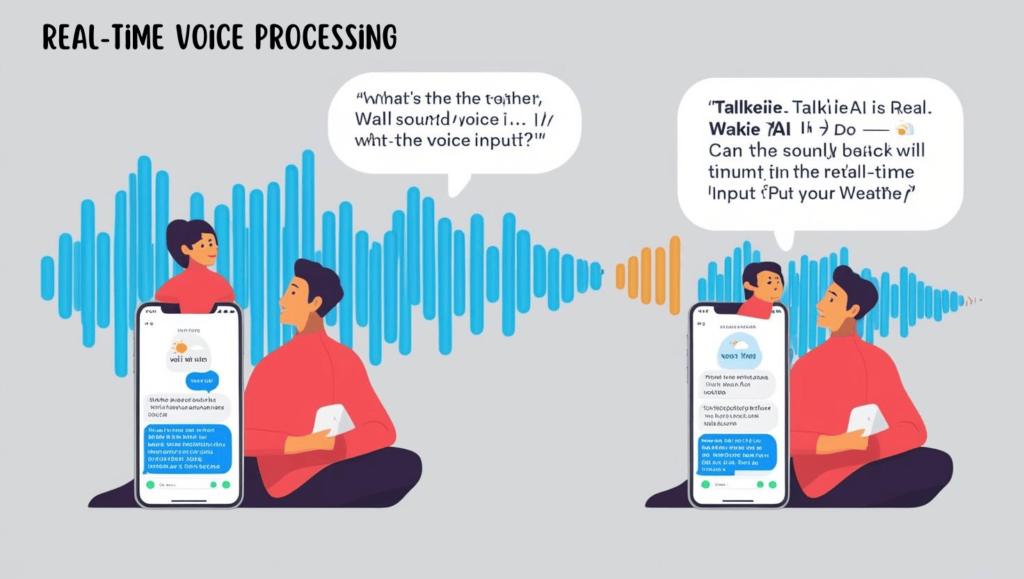
➤ Voice Recognition
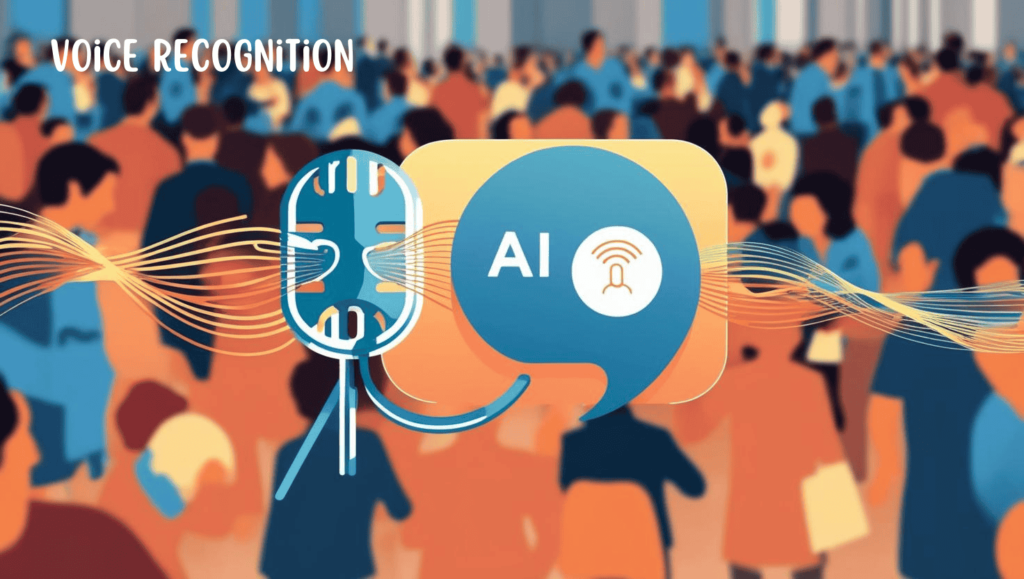
Talkie AI accurately understands speech even in noisy environments. For example, if you are speaking in a crowded room, it can still comprehend what you’re saying and respond appropriately. This is a major advantage over many other AI systems, which may struggle with background noise or unclear speech.
➤ Customizable Voice Tone
With Talkie AI, users can adjust the voice tone to suit their preferences—whether it’s formal, casual, or even soothing. For example, you can switch from a professional tone for business inquiries to a warm, friendly voice for personal use. This level of customization offers a more personalized experience compared to systems like Apple’s Siri, which offers fewer tone options.
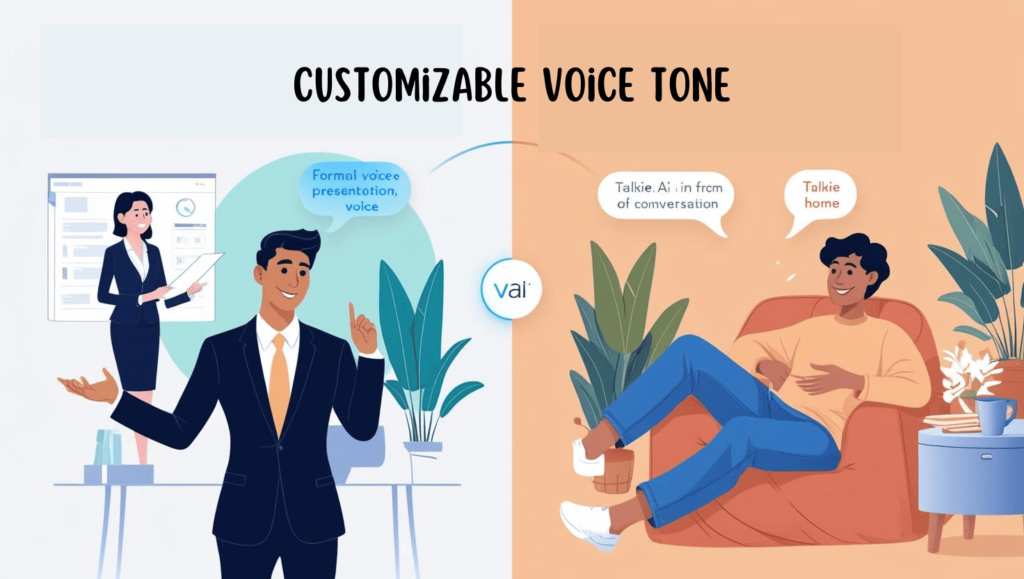
➤ Multilingual Voice Support
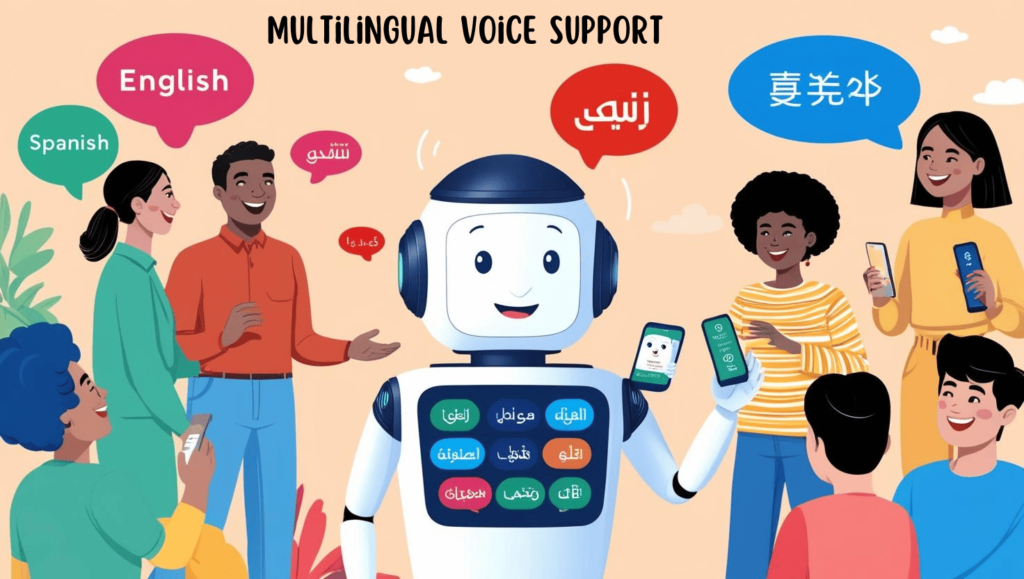
Talkie AI can speak multiple languages, so users from different countries can interact with it in their preferred language. For example, if you switch from English to Spanish, Talkie AI will seamlessly switch without any hiccups. This feature makes Talkie AI stand out compared to others like Amazon Alexa, which still has some limitations in language support.
➤ Voice-Based Commands
Talkie AI allows users to give commands entirely by voice, making it hands-free and convenient, particularly for those with mobility impairments. For example, you could control your smart home, play music, or even send messages without touching your phone. This is similar to Google Assistant but more versatile due to its integration across different apps and platforms.

➤ Seamless Voice Transition Between Tasks
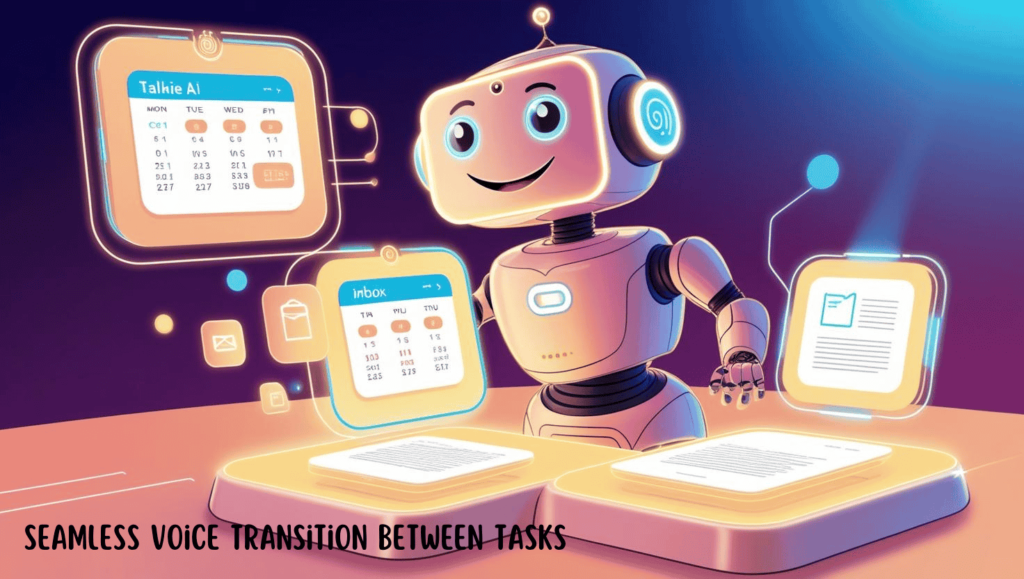
Talkie AI easily switches between tasks during voice interactions. For example, if you ask it about the weather, then immediately switch to setting a reminder, it won’t break the flow of the conversation. This seamless transition helps maintain engagement, unlike some alternatives that require the user to repeat commands or provide additional context.
➤ AI Voice Personalization
Talkie AI enables users to adjust accents, speech patterns, and even the gender of the voice, making it more tailored to individual preferences. For example, if you prefer a British accent for your assistant, you can set that preference. This level of personalization is a key differentiator compared to other voice assistants, which offer limited personalization options. Read more about Talkie AI’s Personalization features.
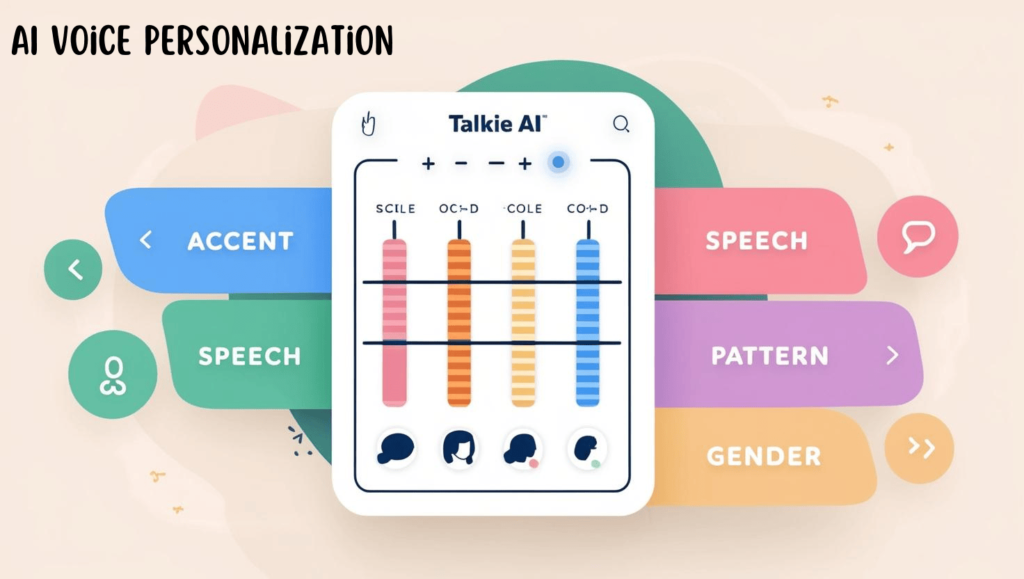
➤ Voice Feedback for Interactions
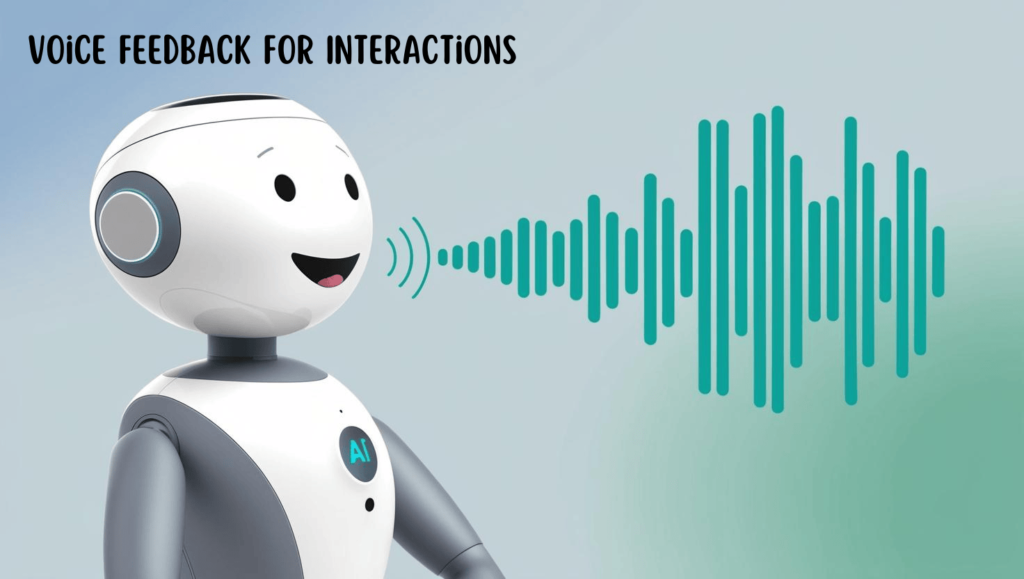
Talkie AI gives auditory feedback after receiving commands, ensuring users know their requests have been understood. For example, if you ask it a question, it responds affirmatively before providing the information. This feedback loop enhances the sense of interaction, a feature that many alternatives like Amazon Alexa have, but Talkie AI makes it more engaging and conversational.
➤ Voice Integration with Other Platforms
Talkie AI integrates smoothly with other platforms like smart home devices, apps, or IoT devices. For example, you can ask Talkie AI to adjust the temperature in your smart home, all via voice. While Alexa and Google Assistant also offer integration with platforms, Talkie AI’s flexibility allows for easier integration with a wider variety of devices.
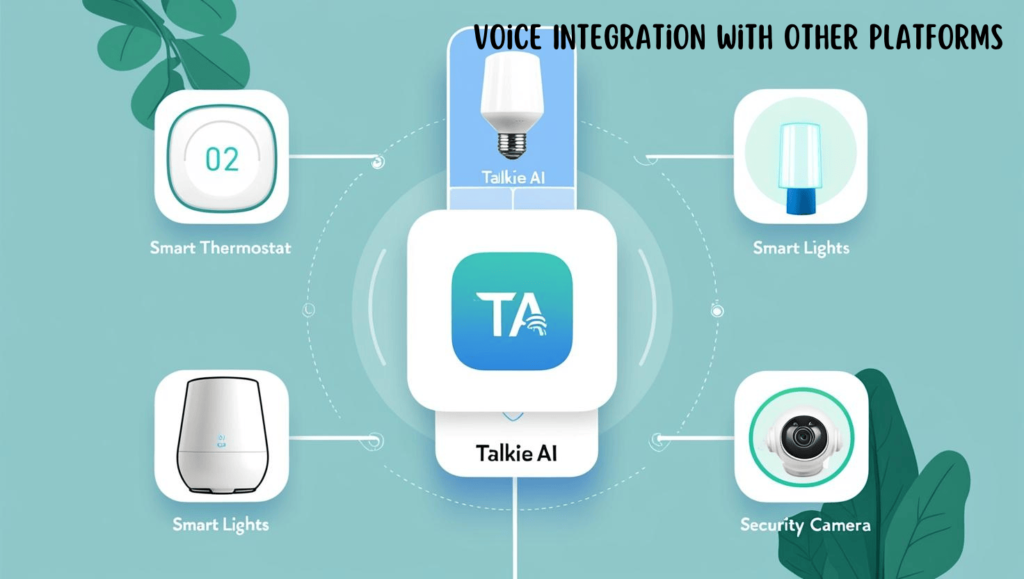
➤ Advanced Speech Recognition
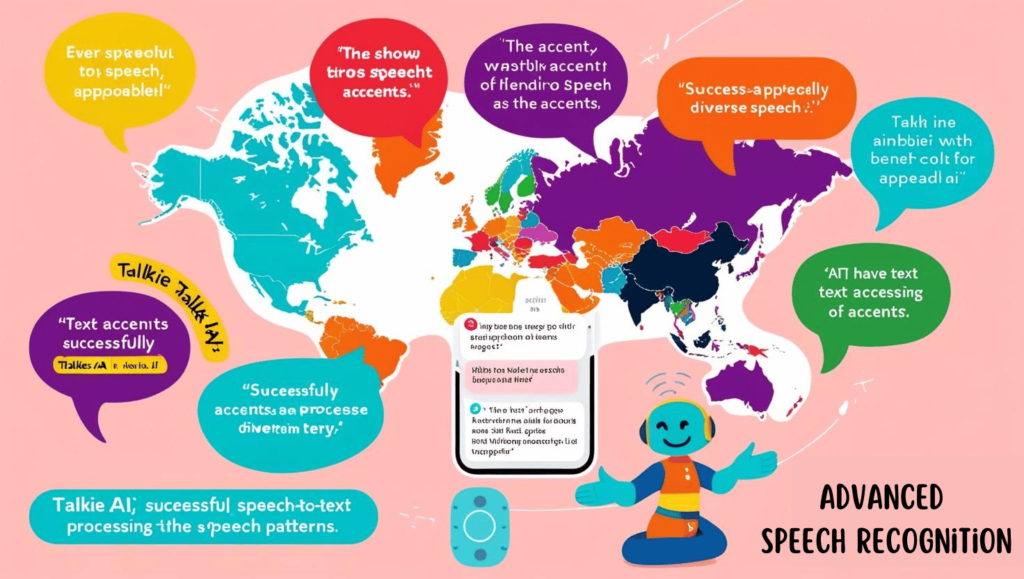
Talkie AI excels in recognizing different accents and speech patterns. This means it can understand a wide variety of users, even those with regional or non-native accents. For example, if you have a British accent, it will process your voice just as accurately as an American accent. This is a step ahead of alternatives like Google Assistant, which sometimes struggles with recognizing regional dialects.
➤ Voice Customization for Different Demographics
Talkie AI allows customization of voice characteristics to cater to specific age groups. For example, you can select a child-friendly tone or an elderly-friendly voice with clearer speech patterns. This makes it more versatile compared to Google Assistant or Amazon Alexa, which are more generic and don’t offer as many demographic-specific voice options.
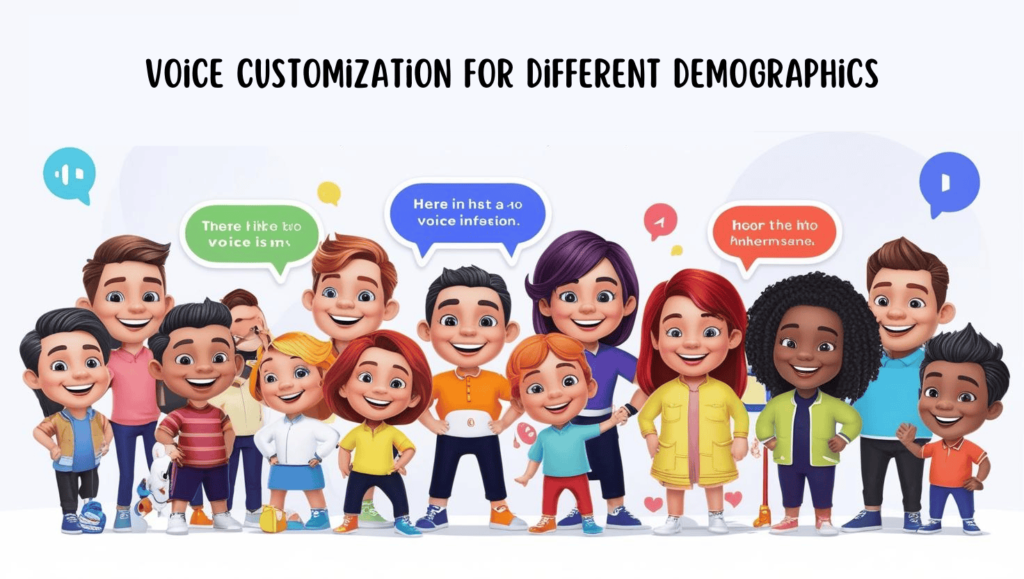
➤ Natural Language Understanding (NLU)
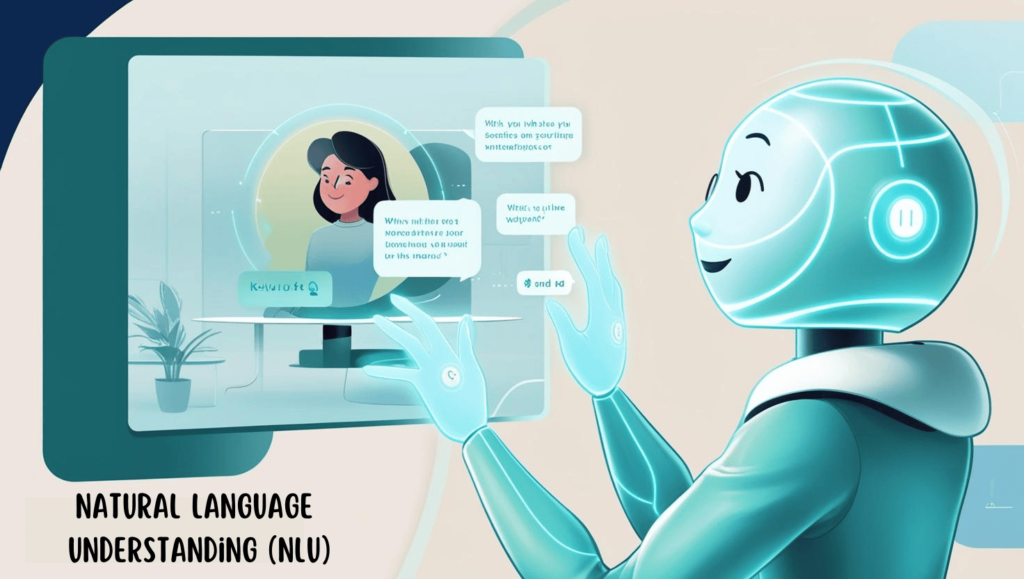
Talkie AI doesn’t just process voice commands but understands the context behind them, enabling it to respond appropriately. For example, if you ask for a weather forecast followed by “How about tomorrow?”, it understands you are asking about the weather for the next day, not the same day. Unlike Alexa, which might require more explicit instructions, Talkie AI uses NLU to create more fluid conversations
➤ Integration with Voice Assistants
Talkie AI can integrate with other voice assistants like Google Assistant or Amazon Alexa. This expands its functionality, allowing users to control devices within the smart home ecosystem through their existing assistants. For example, after asking Talkie AI a question, you can still use Alexa to control lights or set alarms. This level of integration helps Talkie AI offer a broader experience compared to standalone systems like Apple’s Siri.
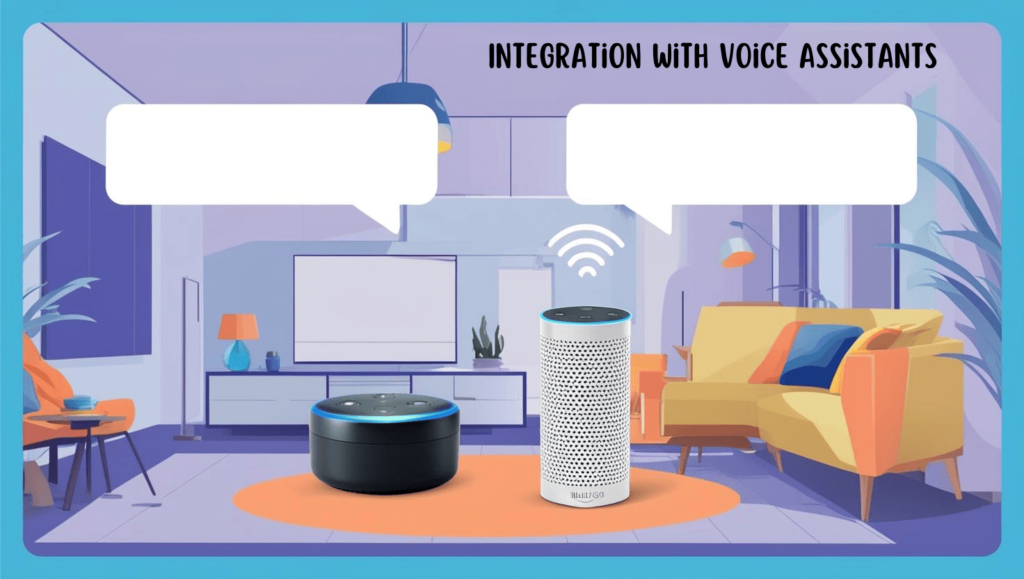
➤ Emotional Tone Recognition
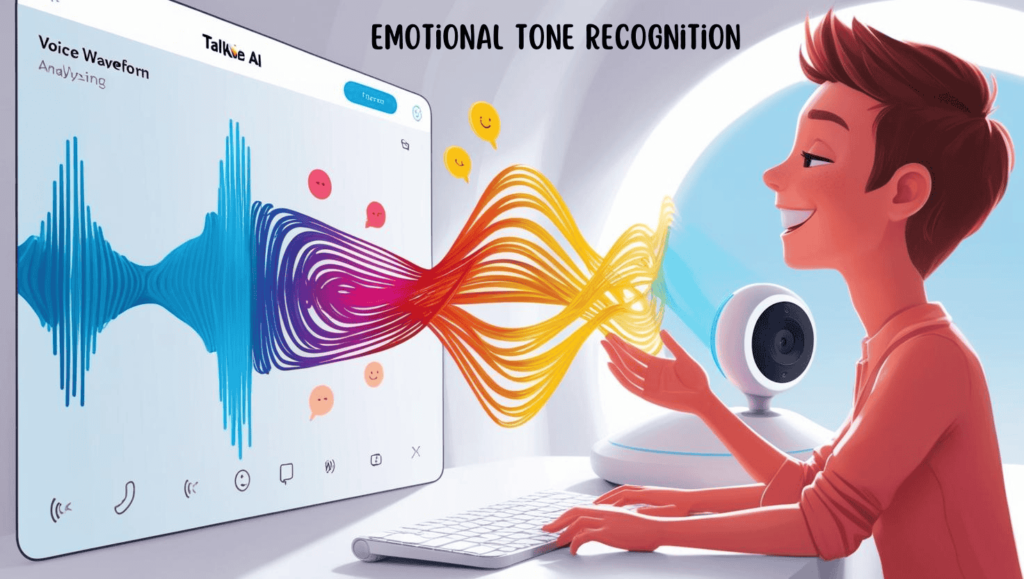
Talkie AI can detect the emotional tone in a user’s voice—whether they’re stressed, happy, or excited—and adjust its responses accordingly. For instance, if you sound frustrated, it might respond more soothingly. This feature is unique compared to most voice assistants like Google Assistant, which doesn’t adjust responses based on emotional cues.
➤ Voice-Based Authentication
Talkie AI uses voice biometrics for authentication, adding an extra layer of security. This means you can use your voice to log into accounts or confirm transactions. For instance, if you want to access sensitive data, your voice becomes your password. This feature enhances security beyond the typical PIN or password protection seen in systems like Alexa.
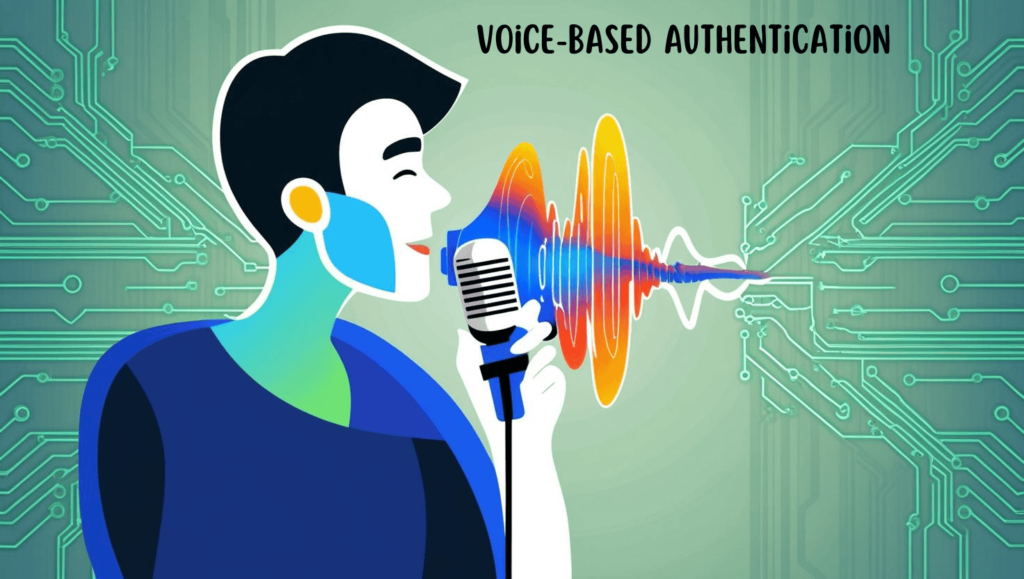
➤ Voice Analytics for Insights
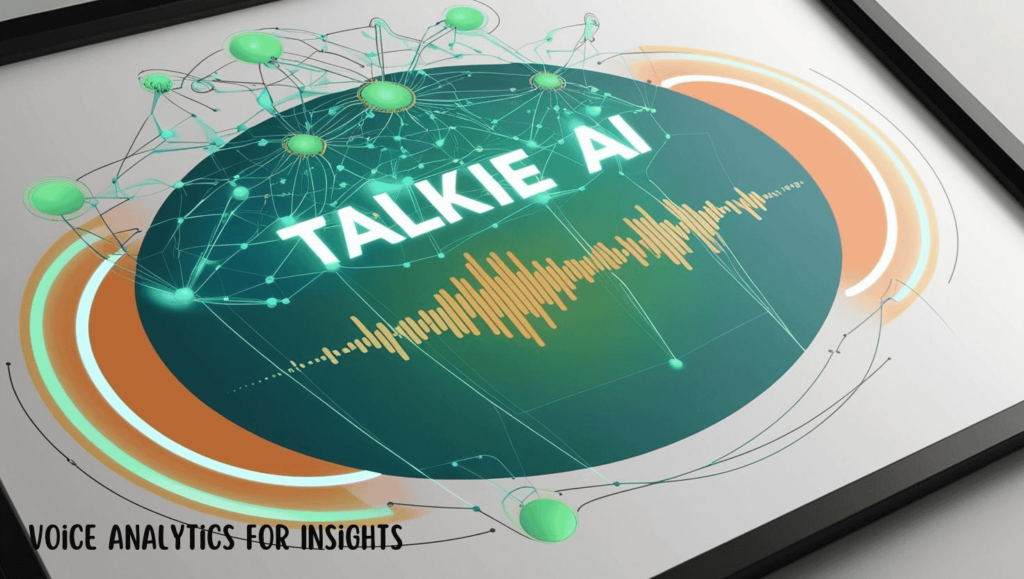
Talkie AI analyzes voice patterns to gather insights into user preferences, adjusting responses for more effective communication. For example, if you tend to ask for news updates every morning, Talkie AI will proactively offer that information when you engage. Other assistants like Siri don’t yet offer this level of proactive personalization.
➤ Multi-User Voice Recognition
Talkie AI can distinguish between different users’ voices, allowing it to provide personalized responses based on who is speaking. This means if multiple people use the same device, Talkie AI can tailor responses for each person, like remembering names or preferences. This is something Amazon Alexa also offers, but Talkie AI is more accurate in recognizing subtle differences between voices.
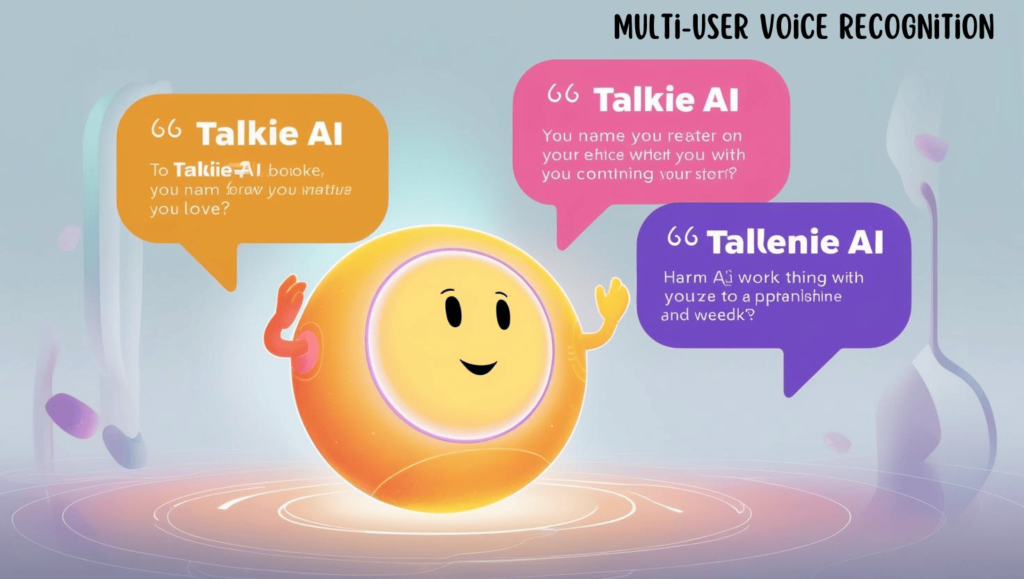
➤ Speech-to-Text Conversion
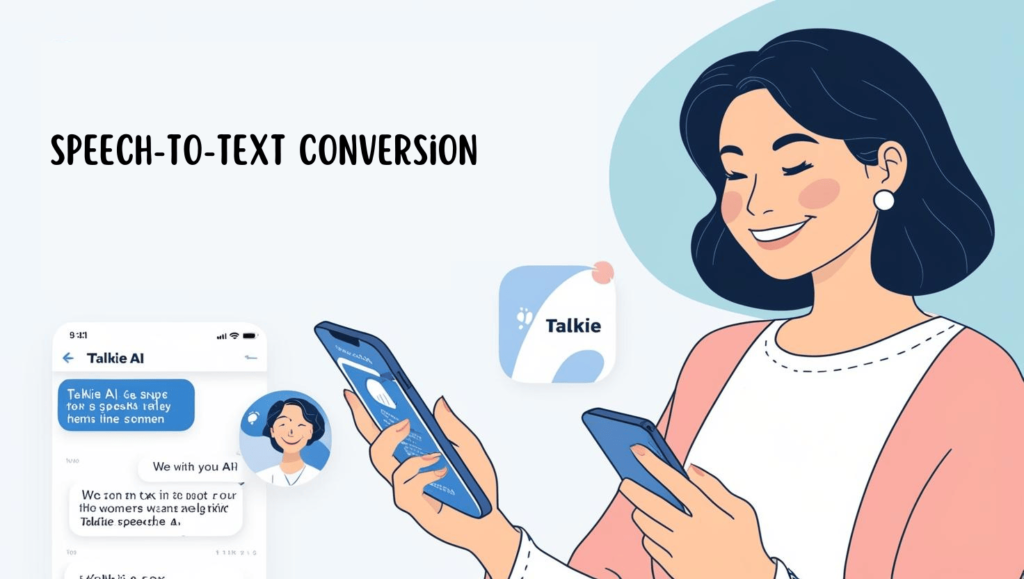
Talkie AI can convert speech into text, which is helpful for people who prefer reading over listening or those with hearing impairments. For example, it can transcribe your spoken words into text messages or notes. While Google Assistant and Siri also offer speech-to-text, Talkie AI is more accurate and nuanced in converting voice into written content, especially in noisy environments.
➤ Voice in Virtual Reality (VR) and Augmented Reality (AR)
Talkie AI can be integrated into VR and AR environments, enhancing the immersion with voice commands and interactions. For example, in a VR game, you could issue commands like “Turn left” or “Jump,” and Talkie AI would respond in real time, adjusting the virtual environment. While Google Assistant and Alexa are also experimenting with VR and AR, Talkie AI is more seamlessly integrated with immersive experiences.
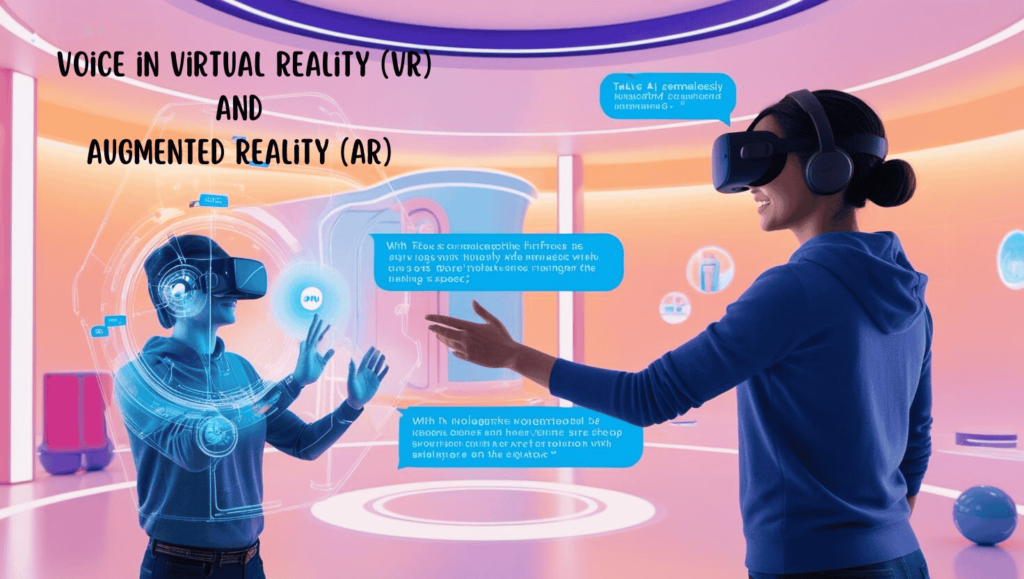
➤ Realistic Voice for Virtual Companions
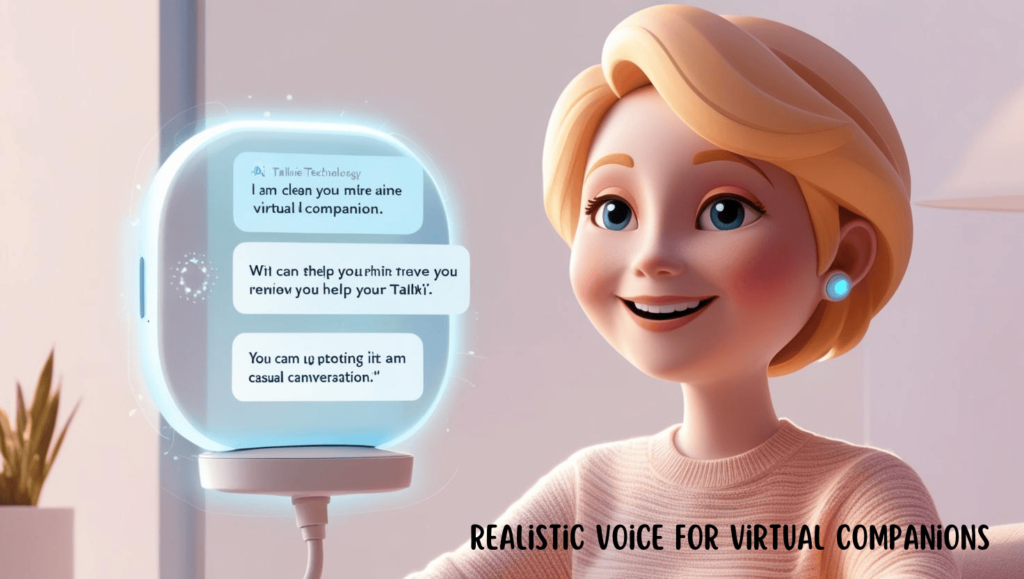
Talkie AI offers a human-like voice integration that enhances virtual companions. These companions can provide emotional support, guidance, or even casual conversation, making interactions feel more authentic. For instance, users seeking emotional support from a virtual assistant might find the interaction more comforting due to the AI’s natural-sounding voice. Compared to alternatives like Replika or AI companions from Google, Talkie AI is better at mimicking human speech patterns, creating a more emotionally intelligent interaction. Learn more about these features on the Talkie AI Virtual Companionship page.
➤Hands-Free Operation
Talkie AI enables hands-free operation through voice commands, making it ideal for multitasking situations, such as driving, cooking, or exercising. For example, you can ask Talkie AI to set a timer or send a message while cooking. This is an improvement over alternatives like Siri or Google Assistant, which also offer hands-free features but may not be as accurate in noisy environments or while engaging in complex tasks.
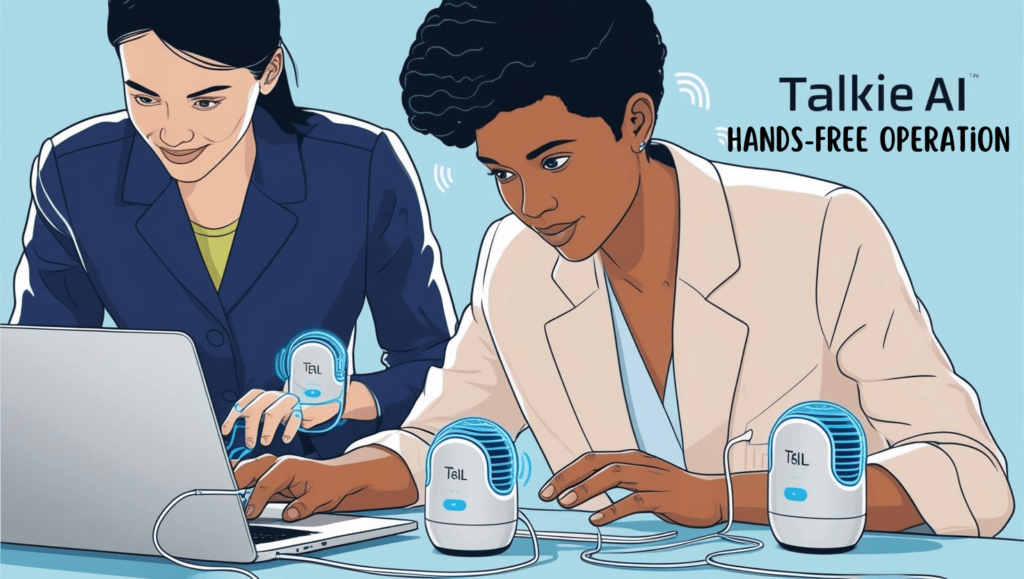
➤ Voice-Controlled Entertainment
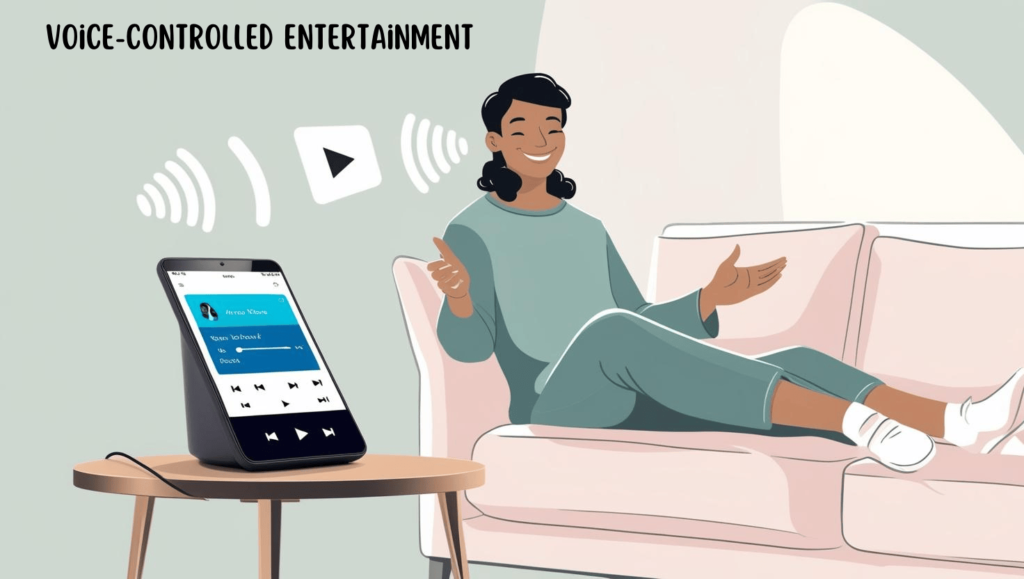
Talkie AI allows users to control media playback with voice commands—adjusting the volume, skipping tracks, or selecting content. For example, a user can simply say, “Play my workout playlist,” and Talkie AI will take care of it. While Google Assistant and Amazon Alexa offer similar features, Talkie AI’s voice responses are often more natural and fluid, enhancing user satisfaction.
➤Context-Aware Voice Responses
Talkie AI understands the context of conversations, adjusting its responses based on the situation. For example, if you ask about the weather and follow up with “What should I wear?” Talkie AI can provide more relevant answers, like suggesting appropriate clothing for the weather. This contextual understanding surpasses Google Assistant, which often requires more explicit instructions.

➤ Adaptive Learning from Voice Interactions
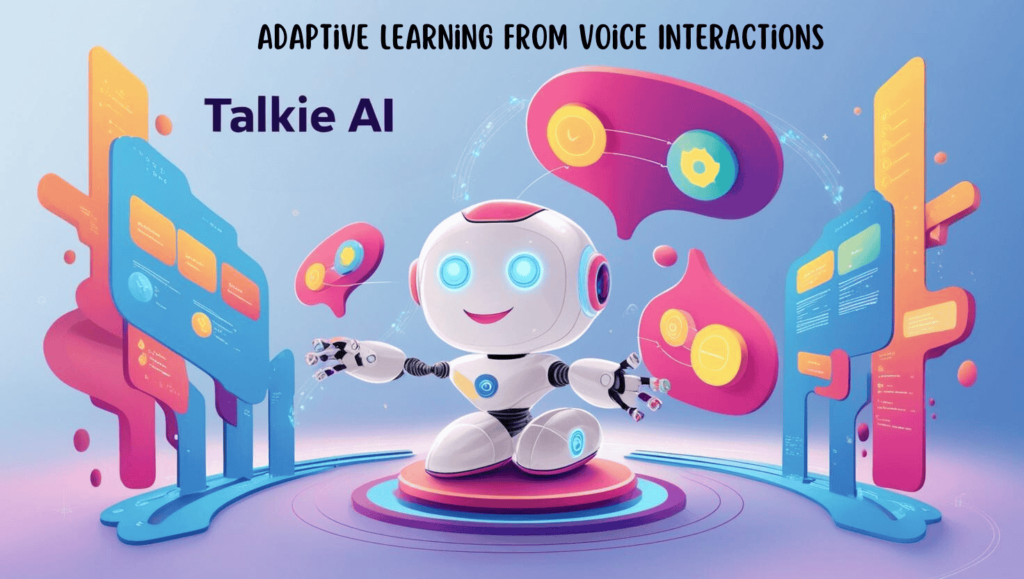
Talkie AI learns from each interaction, becoming smarter over time by adapting to the user’s preferences. For example, it might learn that you frequently ask about the news in the morning, and start proactively offering updates. This continuous learning feature is more advanced than alternatives like Siri, which have limited adaptation based on past user interactions.
➤ Customizable Voice Commands
Talkie AI allows users to create their own voice commands, enabling a highly personalized experience. For example, you could set up a command like, “Good morning” to hear a personalized daily briefing. This level of customization is more flexible than that offered by Alexa or Google Assistant, which rely on preset commands.
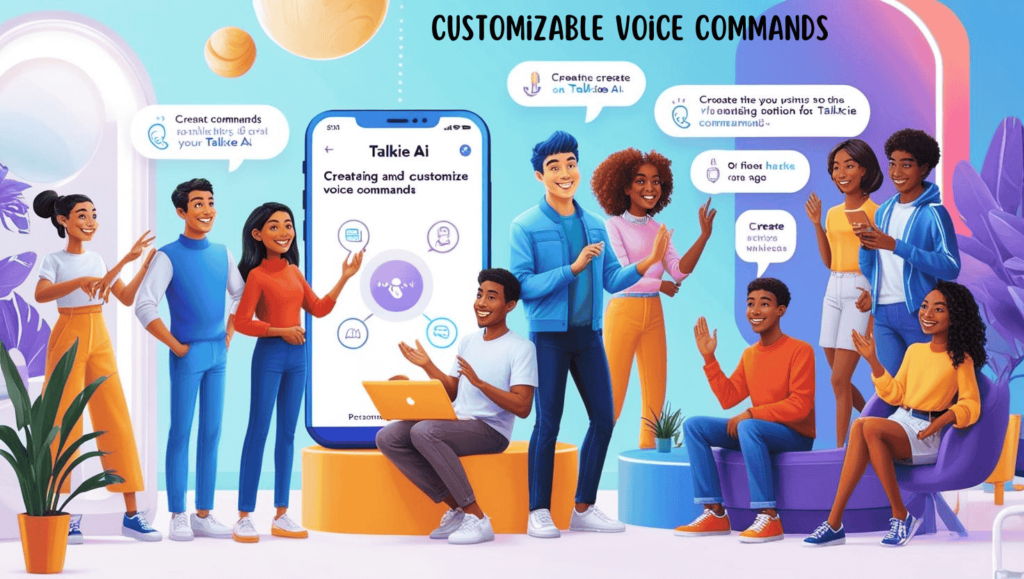
➤ Voice Integration in Customer Service
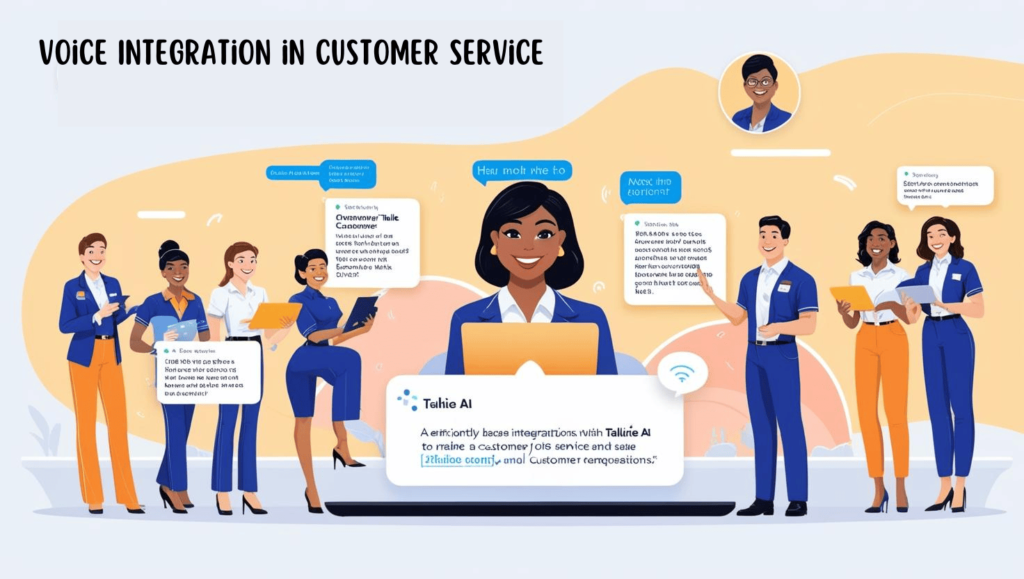
Talkie AI can be used in customer service to handle voice-based inquiries efficiently. For example, a business might use Talkie AI to help customers navigate a website or troubleshoot common issues, offering a more natural and engaging experience than traditional automated phone systems. While companies like IBM Watson also offer AI-driven customer service, Talkie AI’s conversational style is more human-like.
➤ Voice-Activated Data Management
Talkie AI lets users manage personal data through voice commands, making it easier to organize files, set privacy settings, or retrieve information. For example, you can ask Talkie AI to access your calendar or update your contact information. Unlike alternatives like Siri or Google Assistant, Talkie AI’s integration with data management is smoother and more secure.
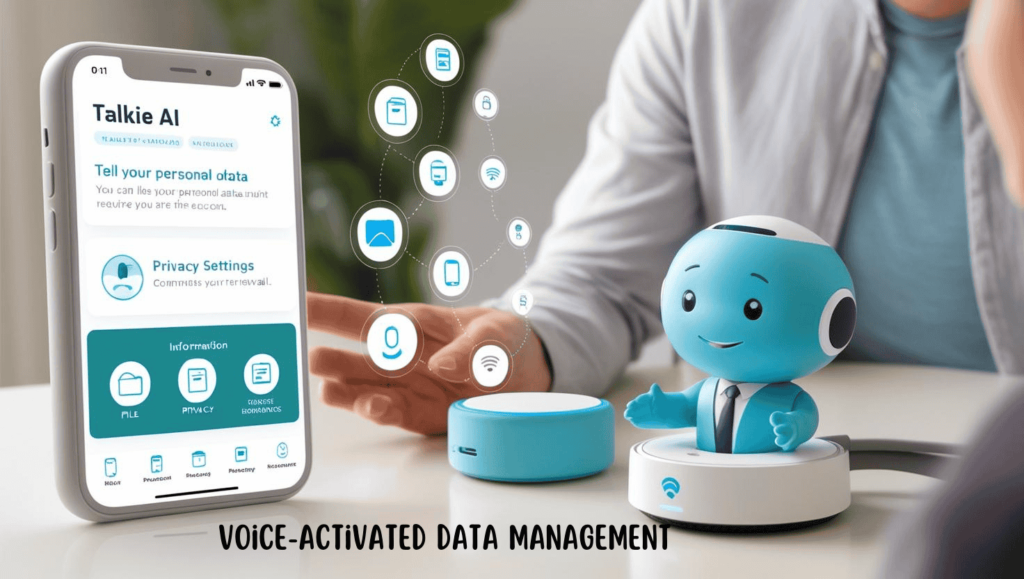
➤ Voice Integration for Accessibility
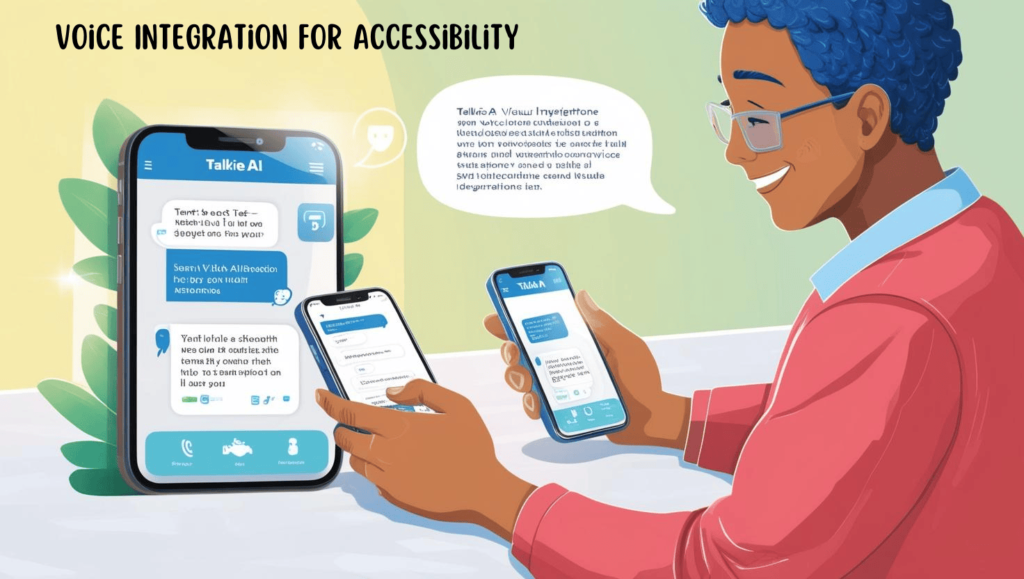
Talkie AI’s voice integration provides valuable support for users with visual impairments or mobility challenges. For example, individuals who cannot interact with a screen can rely solely on voice commands to access information or control devices. This makes Talkie AI a strong contender compared to alternatives like Alexa, which also offers accessibility features but may lack some of the personalization options.
➤ Future-Proof Voice Integration
Talkie AI is built to stay relevant as technology advances. It can integrate with future devices and applications, ensuring that it remains adaptable and up-to-date with new trends in voice technology. This future-proofing sets it apart from alternatives like Google Assistant, which may require updates to remain compatible with new technologies.
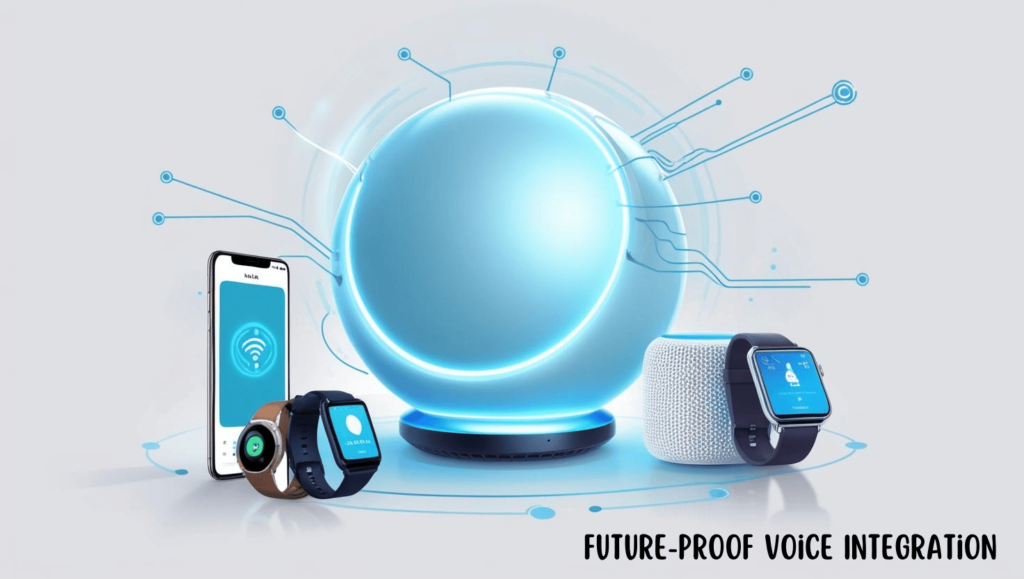
Conclusion
Talkie AI Voice Integration is a cutting-edge tool that enhances user experiences by providing intuitive and interactive voice capabilities. Whether it’s controlling smart devices, engaging in virtual conversations, or personalizing interactions, Talkie AI is paving the way for more natural and efficient voice-driven technology in the future.
